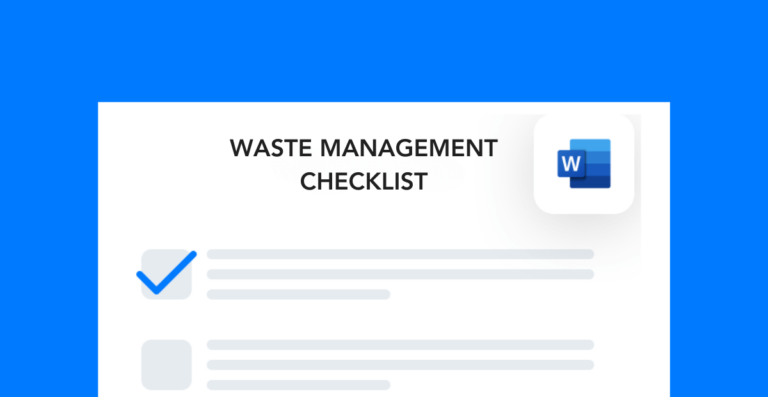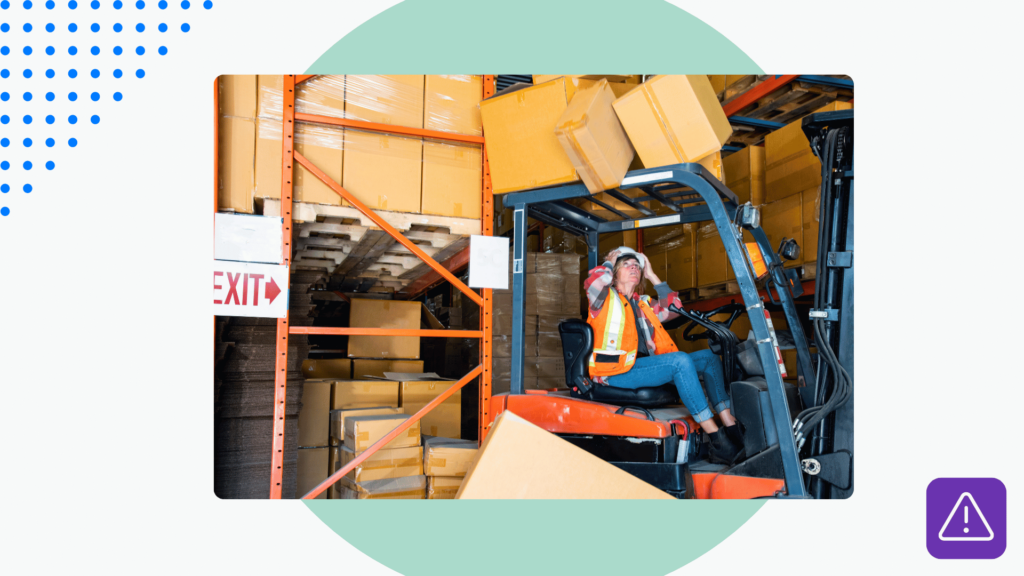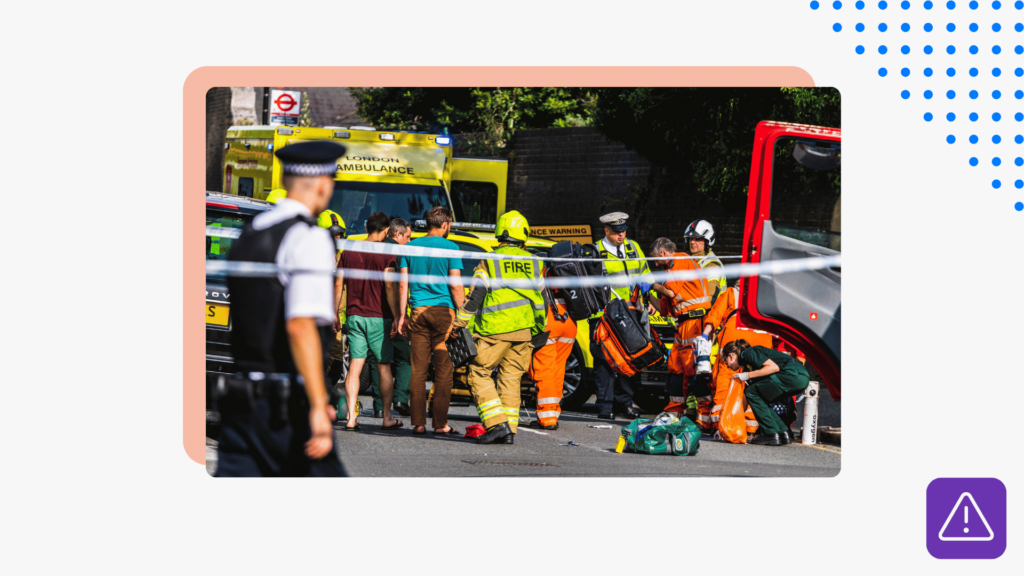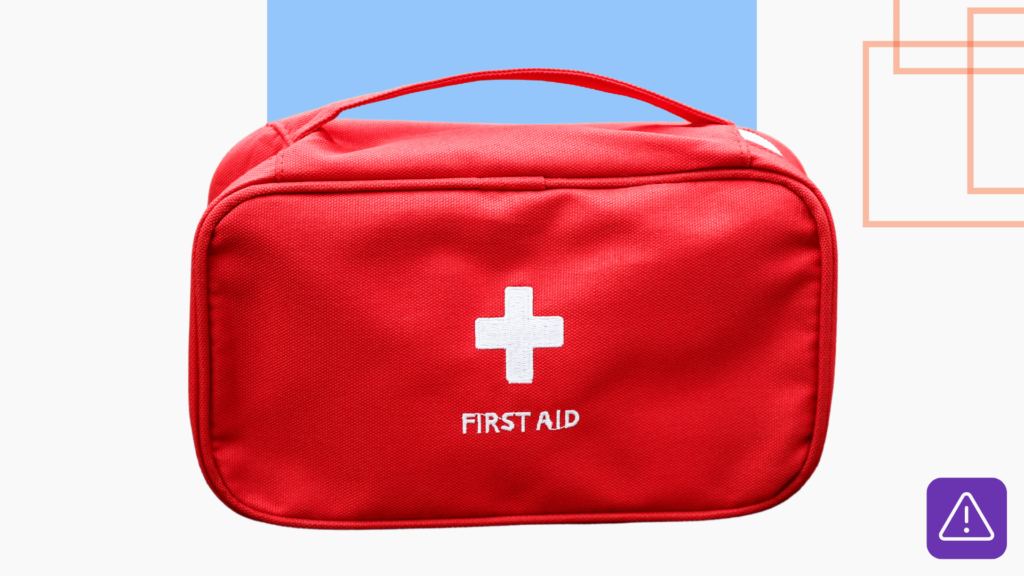Hazardous waste management best practices
Hazardous waste management is a critical part of any manufacturing facility. It’s essential to properly manage hazardous waste to protect the environment, workers, and the public.
The first step in managing hazardous waste is to identify the types of hazardous waste generated in the facility. This can include chemicals, solvents, oils, and other potentially hazardous materials.
Once you identify the types of hazardous waste, you should develop a plan for safely storing, transporting, and disposing of them. The types of waste you deal with will depend on the activities within your facility.
Categories of hazardous waste
Generally, the four categories of hazardous waste are: ignitable, corrosive, reactive, and toxic.
- Ignitable waste is flammable and combustible liquids, solids, and gases.
- Corrosive waste is acidic or alkaline materials that can cause chemical burns.
- Reactive waste is unstable and can react with other materials.
- Toxic waste is any material that is poisonous or can cause harm to humans or the environment.
Waste disposal
The next step is to ensure the facility has the proper equipment and personnel. This includes safety equipment such as protective clothing, respirators, and eye protection. It’s also necessary to train personnel on handling and disposing of hazardous waste.
- Develop a comprehensive hazardous waste management plan that outlines the facility’s procedures for handling and disposing of hazardous waste.
- Ensure that all personnel involved in hazardous waste management have proper training and certifications.
- Invest in the necessary equipment and supplies to safely store, transport, and dispose of hazardous waste.
- Develop an emergency response plan in case of a hazardous waste spill or other incidents.
- Monitor the facility for any changes in hazardous waste regulations and update the management plan accordingly.
Hazardous waste compliance
Once you have the proper equipment and trained personnel, it’s time to develop a system for tracking and monitoring hazardous waste. This includes keeping records of the types of hazardous waste generated, the amount generated, and the disposal methods.
Check your records frequently to ensure the facility complies with all applicable regulations.
- Tracking system: Develop a system for tracking hazardous waste that includes a database of hazardous waste information, such as the type of waste, the quantity, the date of disposal, and the location of disposal.
- Management plan: Develop a plan for managing hazardous waste that includes formulas for handling, storing, and disposing of hazardous waste.
- Monitoring program: Develop a program for monitoring hazardous waste that includes regular inspections of hazardous waste sites, testing of hazardous waste, and reporting any violations of hazardous waste regulations.
- Reporting system: Develop a system for reporting hazardous waste incidents, such as spills, leaks, and other hazardous waste events.
- Training program: Develop a program for training personnel on the proper handling, storage, and disposal of hazardous waste.
- Disposal system: Develop a system for disposing of hazardous waste that includes procedures for proper disposals, such as incineration, landfilling, and recycling.
- Management system: Develop a system for managing hazardous waste that includes procedures for tracking and monitoring hazardous waste, as well as procedures for responding to hazardous waste incidents.
Emergency planning
Finally, it is important to ensure that the facility has a plan in place for emergencies. You must plan how to respond to spills or other accidents involving hazardous waste. It is also crucial to have a plan for safely cleaning up any spills or other accidents.
- Develop an emergency response plan. This plan should include procedures for responding to various emergencies, such as fires, floods, hazardous material spills, and active shooter situations.
- Train staff on the emergency response plan. All staff should be familiar with the plan and know what to do in an emergency.
- Establish an emergency response team. This team should be responsible for responding to emergencies and coordinating the response.
- Install emergency equipment. This could include fire extinguishers, first aid kits, and emergency lighting.
- Conduct regular drills. Regular drills will help ensure that staff are familiar with the emergency response plan and can respond quickly and effectively in an emergency.
- Review and update the emergency response plan. You should review and update the plan regularly to ensure it is up-to-date and reflects any changes in the facility or the surrounding environment.
A manufacturing facility can ensure that hazardous waste is managed and disposed of through these steps. You can help protect the environment, workers, and the public by properly handling and disposing of hazardous waste.




